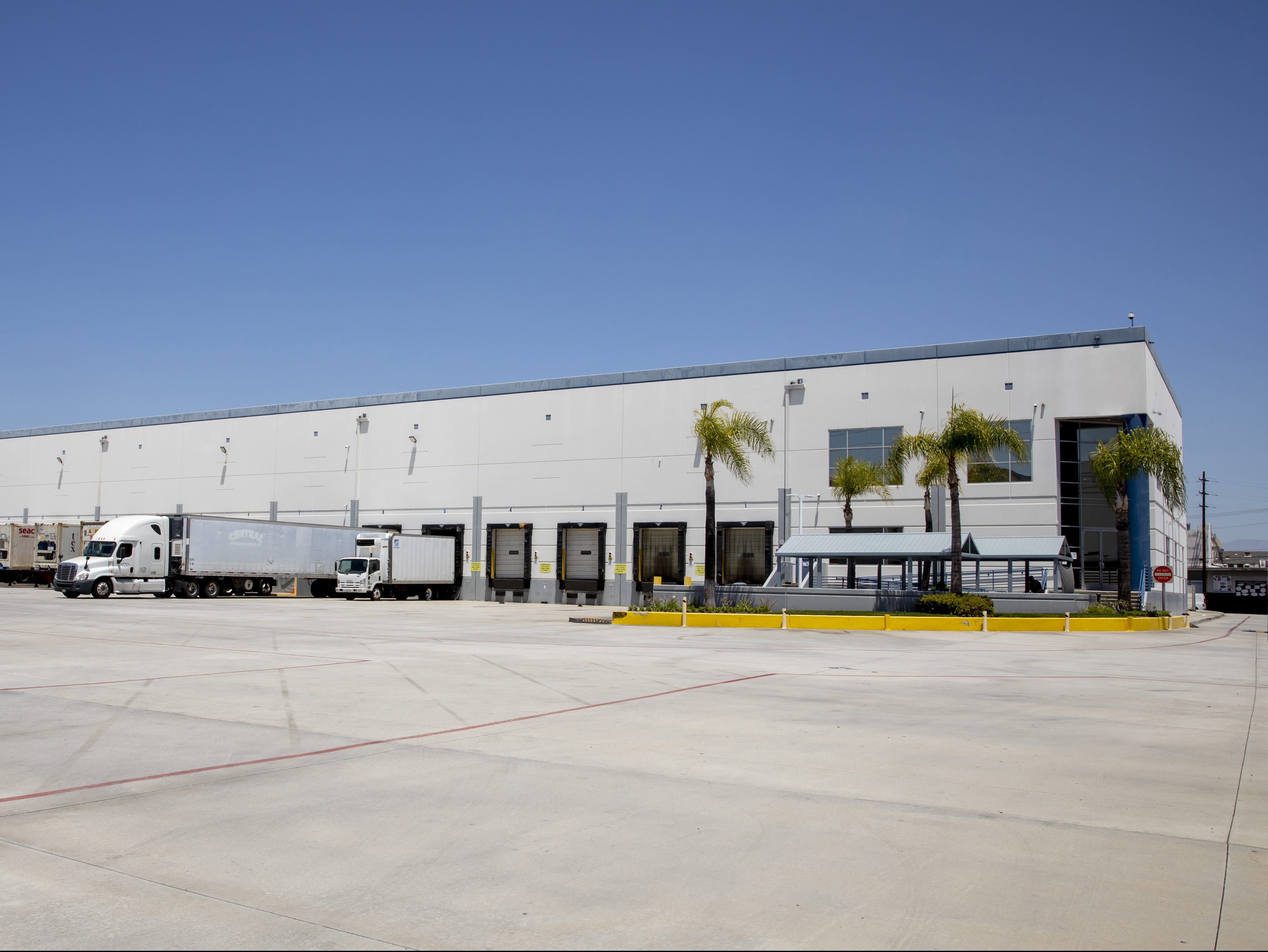Ontario’s 55-Acre Historic Guasti District Enters First Phase
The city of Ontario, Calif., has begun preservation work on nine buildings totaling approximately 175,000 square feet, the first phase of work in the construction of the Historic Guasti District.
February 9, 2010
By Allison Landa, News Editor

The city of Ontario, Calif., has begun preservation work on nine buildings totaling approximately 175,000 square feet, the first phase of work in the construction of the Historic Guasti District.
The adaptive reuse project is ultimately planned to encompass 400,000 square feet of retail and restaurants, 600,000 square feet of office space, residential units and two hotels. It will sit on 55 acres of former vineyard territory within the city’s Ontario Airport Metro Center submarket.
Ontario’s city council approved the project’s owner partnership agreement in mid-December. The nine buildings undergoing preservation work include the Guasti Villa, a firehouse, five worker cottages and two residences.
City redevelopment director John P. Andrews told CPE that timing plays a key role in the success of multi-use projects like Guasti, particularly in turbulent economic conditions.
“The Ontario Redevelopment Agency has been working closely with (developer) Oliver McMillan to respond to market conditions by extending schedules and phasing to help bridge the project over this recession,” he said. “”Taking interim measures such as preservation of historic structures that will function as restaurants, retail uses, entertainment and hotels is critical to retaining the uniqueness of this project.”
He said the next phase will likely begin in 2011 with street work and utilities, followed by construction of retail space and a hotel during the following year.
“By the time the first phase of retail is completed, the economic climate should be more favorable,” he noted.
Andrews said that the challenges of preserving historic resources while building modern facilities come mainly in determining what critical structures and elements, such as artwork, need to be preserved and how tenants may use those assets to create unique experiences for their customers.
One example of re-use is the Kimpton Hotel, which will make use of the Guasti mansion as the hotel’s lobby and construct rooms around the historic structure in a complementary fashion.
“This re-use respects the beautiful interiors and courtyard of the mansion, while giving it a modern purpose,” Andrews said.
The Guasti project is estimated to be complete in 2014 or 2015.







You must be logged in to post a comment.